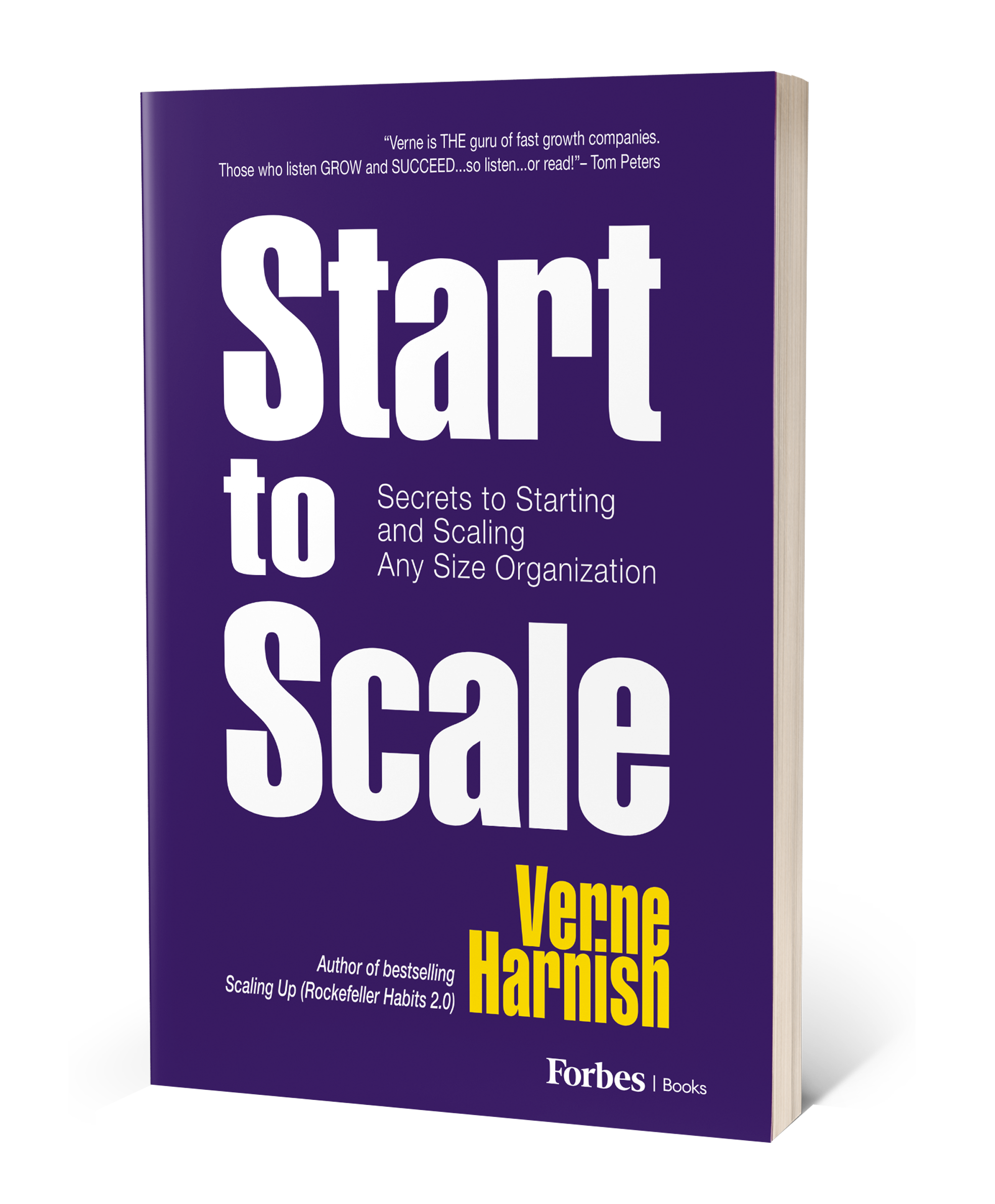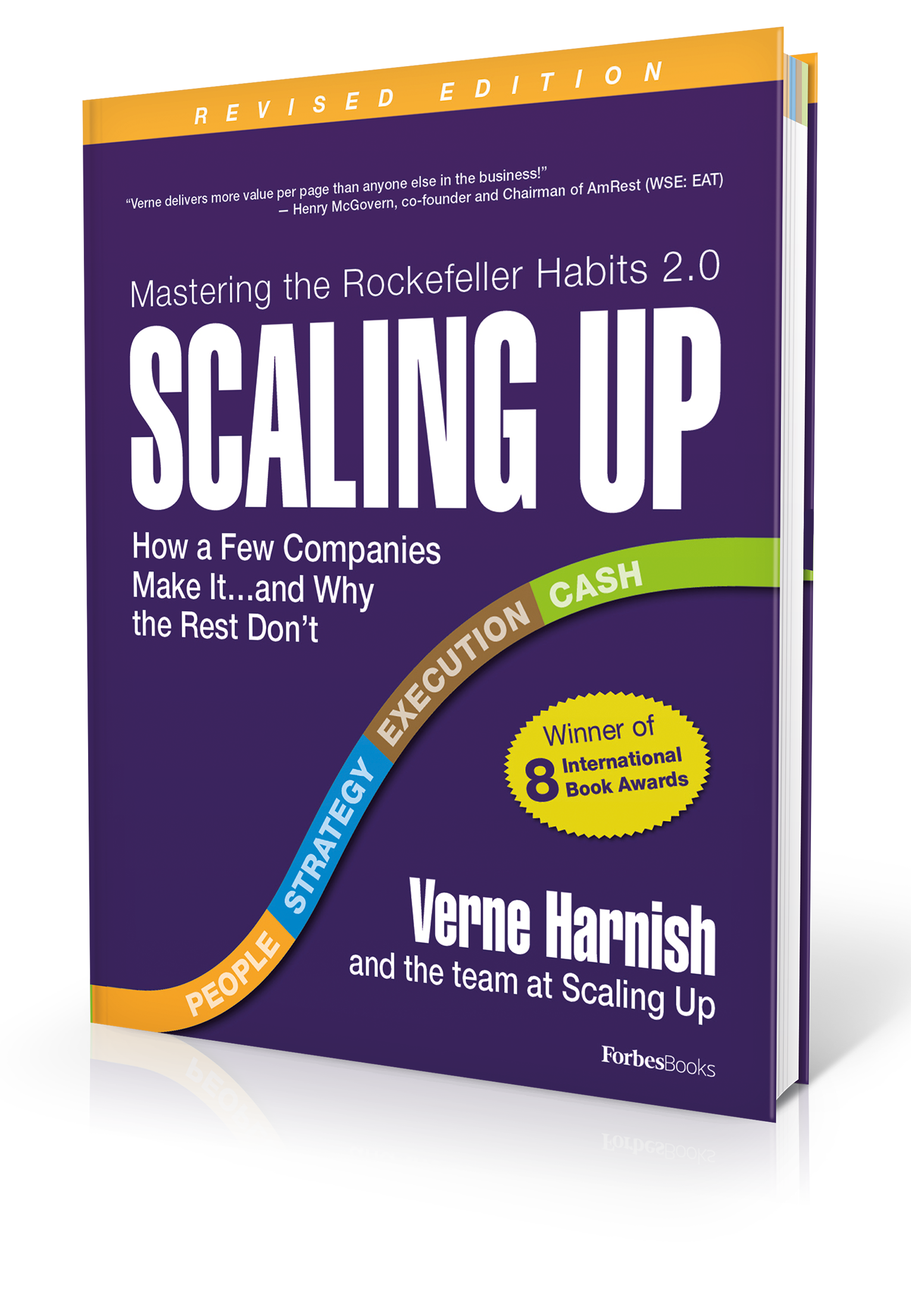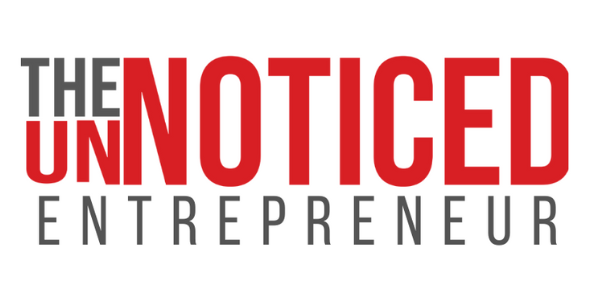Book Review: "Scaling Up." How a Few Companies Make it…and Why the Rest Don’t.

Verne Harnish is one of the most prolific business coaches and authors, and someone who cares passionately about entrepreneurs. I've been fortunate enough to know Verne for over 15 years, having first met in Beijing in 2006 and then hosting him recently on my podcast.
"Scaling Up" is one of the foundational books that every entrepreneur should read. I used his concept of a dashboard with data, rhythm and priorities as the core framework to build my regional public relations agency in Asia. The daily, weekly and quarterly huddles became the foundations for building culture and structure across a growing team. Ultimately Scaling Up enabled the rest of the team to understand what I had in mind, and how they could all participate in that growth plan.



The Scaling Up series by Verne Harnish, founder of Entrepreneurs Organization, and the Scaling Up Institute . photocredit: Verne Harnish
“Verne Harnish is more committed to helping companies grow than any other person on the planet. Really. He’s also radically practical in his approach and that is reflected throughout this terrific book.”
– Patrick Lencioni, Best-selling author of The Five Dysfunctions of a Team and The Advantage
Book Structure
The core of Scaling Up revolves around four critical decisions every company must master to achieve sustainable growth:
Each of these pillars forms a section in the book, complete with diagnostic tools, templates, and case studies to guide readers through the unique challenges of expanding a company.
Review
Unlike many business books that simply discuss theory, Scaling Up is loaded with usable tools—such as the One-Page Strategic Plan and the Rockefeller Habits Checklist—which have been implemented by over 40,000 firms worldwide. The presentation is direct and accessible for readers at any level, from frontline employees to CEOs.[1:1][4]
The book’s modular design means leaders can dip into whichever section is most relevant to their immediate challenges, rather than read sequentially. This flexibility, combined with a focus on practical execution, makes it immensely useful. While some critics argue that technology and social media are not as deeply explored as other areas, this minor weakness does little to detract from the book’s overall impact.[5]
Ultimately, Scaling Up is lauded as a “bible” for anyone serious about business growth, distinguished by its emphasis on the real obstacles that prevent most firms from scaling successfully. The analogies, stories, and step-by-step systems all contribute to making it one of the most actionable business books available.[5:1][6][7]
Key Concepts & Lessons
1. The Four Decisions Framework
A. People
Harnish asserts that scaling begins (and often stumbles) with people. Attracting, retaining, and developing the right talent is the foundation for growth. Leaders are urged to ask the “Would I enthusiastically rehire everyone on my team?” question. Companies must invest in culture, clear accountability, and promote leadership skills at every level.[6:1][3:1]
Key Takeaways:
- Build a healthy, performance-oriented culture.
- Foster continuous learning and coaching among managers.
- Address team misalignment quickly and deliberately.
B. Strategy
A compelling, differentiated strategy is essential. Harnish advocates for boiling complex strategies down to a simple, communicable “word” or phrase (e.g., “search” for Google). The best strategies align both employees and customers with a company’s vision and value proposition.[6:2][8]
Key Takeaways:
- Establish core values and purpose.
- Make your brand promise explicit and measurable.
- Dominate a clearly-defined niche before expanding outward.
C. Execution
Many firms fail not due to poor ideas but inconsistent execution. Harnish champions rhythms, routines, and clear, measurable objectives. He outlines meeting cadences, priorities, and metrics for continuously improving how work gets done.[1:2][9][3:2]
Key Takeaways:
- Implement the Rockefeller Habits for focus and alignment.
- Set clear priorities and revisit them quarterly.
- Build a regular rhythm of meetings for accountability and feedback.
D. Cash
“Growth sucks cash,” Harnish warns. Rapidly expanding companies often underestimate the capital required and the importance of cash conversion cycles. The book explains how to forecast, monitor, and manage cash flow with the same rigor as profits, preventing costly mistakes and bottlenecks.[7:1][3:3]
Key Takeaways:
- Master the cash conversion cycle.
- Understand that profitability does not always equate to liquidity.
- Plan for cash needs as growth accelerates.
2. Practical Tools and Templates
- One-Page Strategic Plan (OPSP): A simplified template to clarify vision, values, brand promises, and goals on a single page, boosting alignment throughout the organization.[1:3][3:4]
- Rockefeller Habits Checklist™: A detailed list of best practices and routines to keep teams focused and collaborative.
- Meeting Rhythms: Structured daily, weekly, monthly, and quarterly meetings to ensure accountability and eliminate execution gaps.
3. Overcoming Key Barriers to Growth
Scaling a business, Harnish observes, is like climbing Mount Everest—requiring intense planning, robust systems, and strong leadership. He identifies three main barriers:
- Leadership bottlenecks.
- Infrastructure and process gaps.
- Market dynamics and customer pressure.[9:1][8:1]
These are addressed through the frameworks and tools the book promotes, making them accessible even to companies with limited resources.
Why Read Scaling Up?
- Actionable: Every chapter ends with practical steps that can be enacted right away, making the book a “doer’s” guide rather than just a think piece.[2:1][3:5]
- Mentor-like guidance: Harnish’s tone is encouraging yet realistic, offering tough truths alongside hope for those bold enough to scale.
- Time-tested: The methods and systems stem from decades of coaching and observing real businesses scale to hundreds of millions or even billions in revenue.[1:4][4:1]
Best Quotes
- “The bottleneck is always at the top of the bottle.” — Leadership starts at the top.[3:6]
- “Routine sets you free.” — Discipline and regular habits liberate teams from chaos.[3:7]
- “Growth sucks cash.” — A reminder that rapid expansion puts heavy strain on finances.[3:8]
Conclusion
Scaling Up by Verne Harnish is an invaluable resource for businesses hungry for growth. Its combination of theory, real-world stories, and field-tested tools creates a playbook leaders can refer to as they scale their organizations. By zeroing in on People, Strategy, Execution, and Cash—and providing practical advice on each—Harnish offers a clear, coherent roadmap for anyone determined to build something significant. Whether you’re a CEO, manager, or entrepreneur, this book will help you shift from “chaos to clarity” and turn your company’s biggest growth ambitions into reality.[1:5][4:2][7:2]
https://www.goodreads.com/book/show/22212880-scaling-up ↩︎ ↩︎ ↩︎ ↩︎ ↩︎ ↩︎
https://clearpurpose.media/book-brief-scaling-up-e51d77b68956 ↩︎ ↩︎
https://sobrief.com/books/scaling-up ↩︎ ↩︎ ↩︎ ↩︎ ↩︎ ↩︎ ↩︎ ↩︎ ↩︎
https://scaleupgrowth.co/blog/book-review-scaling-up-mastering-the-rockefeller-habits-2-0/ ↩︎ ↩︎ ↩︎
https://cmiteamwork.com/blog/bruces-book-review-scaling-up-by-verne-harnish/ ↩︎ ↩︎
https://www.marcher.com.au/blog/scaling-up-by-verne-harnish-a-review-117s69 ↩︎ ↩︎ ↩︎
https://www.consult-ibc.com/11-key-insights-a-complete-summary-of-scaling-up.html ↩︎ ↩︎
The book: How a Few Companies Make It…and Why the Rest Don’t.





